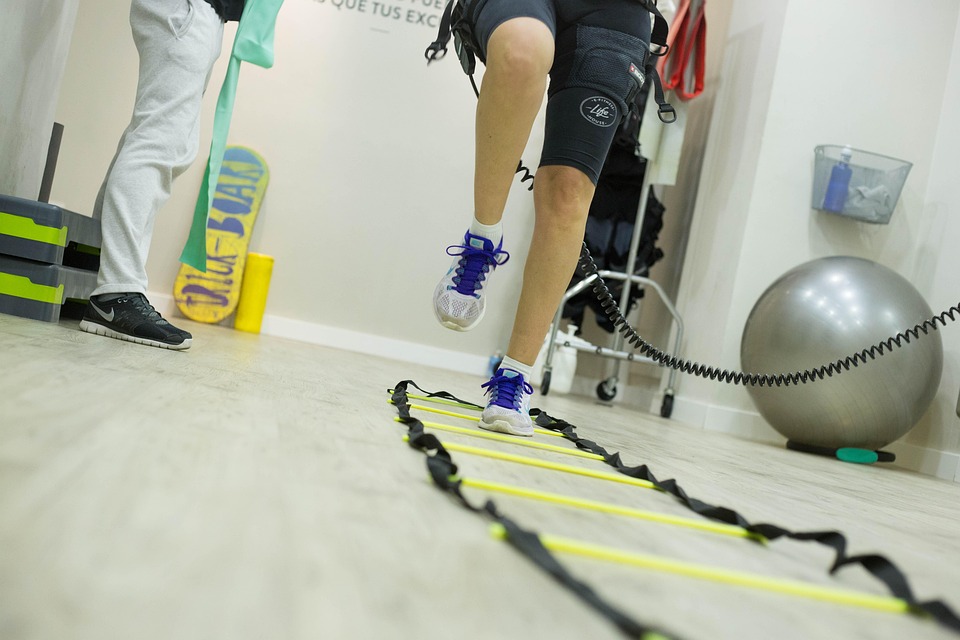Bouncing Back: The Psychology Behind Resilience in Sports
In the world of sports, triumph and failure coexist in a delicate dance. Athletes face immense pressure to perform, and the path to success is littered with obstacles—injuries, losses, and setbacks. Yet, some athletes seem to possess an uncanny ability to bounce back from adversity. This resilience isn’t just about physical strength; it’s deeply rooted in psychology. Understanding the mechanisms of resilience can help athletes, coaches, and fans appreciate the complex interplay between mind and body in high-stakes environments.
1. Defining Resilience
Resilience, in psychological terms, refers to the capacity to recover quickly from difficulties—essentially, the ability to "bounce back." It involves maintaining a positive attitude and continuing to strive for improvement, even when faced with significant challenges. In the context of sports, resilience is crucial for athletes as they navigate the ups and downs that are inherent in competitive environments.
Studies suggest that resilience is not an innate trait but can be developed over time. Athletes who cultivate resilience can better cope with the pressures of competition, manage stress, and focus on their goals, ultimately leading to enhanced performance. While physical training is essential, it is often the mental training that can differentiate successful athletes from others.
2. The Role of Mindset
A crucial aspect of sports resilience is mindset, which is often categorized into two types: fixed and growth. Athletes with a growth mindset believe their abilities can be developed through hard work, dedication, and perseverance. This perspective fosters resilience by encouraging them to see failures as opportunities for learning rather than as insurmountable barriers.
In contrast, those with a fixed mindset may view their capabilities as static. When faced with setbacks, they might become discouraged or even give up, believing that they lack the necessary skills to succeed. Research indicates that when athletes adopt a growth mindset, they are more resilient in the face of adversity. By viewing failures as stepping stones to improvement, they can rebound more quickly and adapt their strategies for future competitions.
Mindset training techniques can help athletes reframe their approach to challenges, promoting a healthier attitude toward their training and competition. Coaches play a vital role in fostering this mindset, encouraging athletes to appreciate the process of growth and development.
3. Emotional Regulation
Resilience is inextricably linked to emotional regulation—the ability to manage one’s emotional responses in stressful situations. Athletes often experience a rollercoaster of emotions, from elation during victories to despair during defeats. Those who can effectively regulate their emotions are more likely to perform well under pressure.
Techniques such as mindfulness and visualization can enhance emotional regulation. Mindfulness promotes present-moment awareness, helping athletes stay grounded and reduce anxiety before and during competition. Visualization allows athletes to mentally rehearse successful outcomes, preparing their minds for real-world challenges. Research has shown that athletes who practice these techniques can improve not only their performance but also their ability to recover from setbacks.
Moreover, developing emotional intelligence is essential for athletes. Understanding and managing one’s emotions can lead to better decision-making, improved communication with coaches and teammates, and a more positive overall experience in sports.
4. Social Support Systems
Another key ingredient in cultivating resilience is a robust support system. Coaches, teammates, family, and friends play a vital role in an athlete’s recovery journey. Positive relationships provide emotional support, enhance motivation, and can even offer practical assistance in training and competition.
Athletes who feel supported are more likely to embrace challenges and persist in the face of adversity. Research indicates that social support can buffer against the negative effects of stress and reduce the likelihood of burnout. Building a strong network can serve as a safety net, cushioning the blows of failure and helping individuals find the strength to rise again.
Effective communication within teams is critical for maintaining a sense of community and understanding among teammates. Encouraging an atmosphere of openness and trust can foster deeper connections, enabling athletes to lean on each other during tough times.
5. Goal Setting and Self-Efficacy
Setting achievable yet challenging goals is critical for building resilience. Using frameworks like SMART (Specific, Measurable, Achievable, Relevant, Time-bound) can help athletes establish clear, actionable objectives. This structured approach encourages progress, fosters a sense of accomplishment, and strengthens self-efficacy—the belief in one’s ability to succeed.
Research shows that athletes with high self-efficacy are more likely to persist through difficulties and experience higher levels of satisfaction in their sport. They view setbacks as temporary obstacles rather than definitive judgments of their abilities. This mindset enhances their motivation and engagement, creating a positive feedback loop that further cultivates resilience.
Moreover, celebration of small victories—regardless of the outcome—can reinforce self-efficacy. Acknowledging progress, whether through improved technique or personal records, encourages athletes to maintain their focus and strive for continuous improvement.
6. Learning from Failure
Perhaps the most profound aspect of resilience is the ability to learn from failure. Every setback is an opportunity for growth, a lesson informing future performance. Athletes who embrace failure as a natural part of their journey tend to develop greater resilience.
Reflective practices, such as journaling or discussing experiences with coaches and mentors, can help athletes analyze their performances, identify areas for improvement, and implement changes going forward. This continuous cycle of learning, adapting, and evolving strengthens their mental fortitude.
Incorporating regular feedback sessions into training can facilitate this reflective process. Constructive criticism, framed positively, enables athletes to recognize their strengths and areas for growth. This proactive approach fosters an environment where mistakes are viewed as valuable learning experiences, ultimately enhancing resilience.
7. In Conclusion
Resilience is a multifaceted psychological trait that transcends athletics, impacting all areas of life. For athletes, the ability to bounce back from adversity emphasizes a fuller understanding of mindset, emotional regulation, social support, goal setting, and the willingness to learn from failure.
As the saying goes, “It’s not how many times you get knocked down that count, but how many times you get back up.” By fostering resilience, athletes can enhance not only their performance but also their overall well-being, leading to a more fulfilling sports experience. In a field where the stakes are often high and the pressure intense, resilience becomes a powerful tool—one that lights the path to success and personal growth, even amidst the toughest challenges.
Modern footnote source link: Sports Psychology Resource


























Add Comment